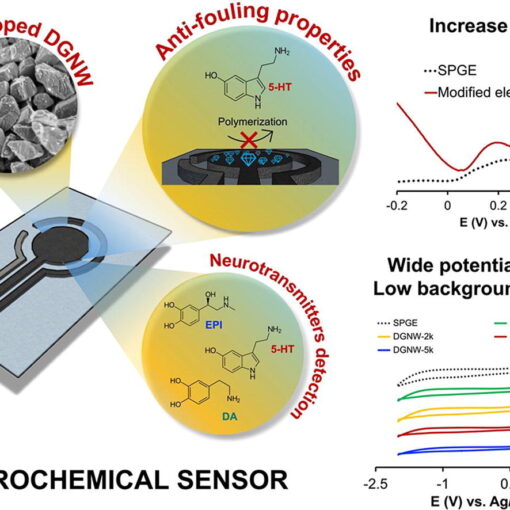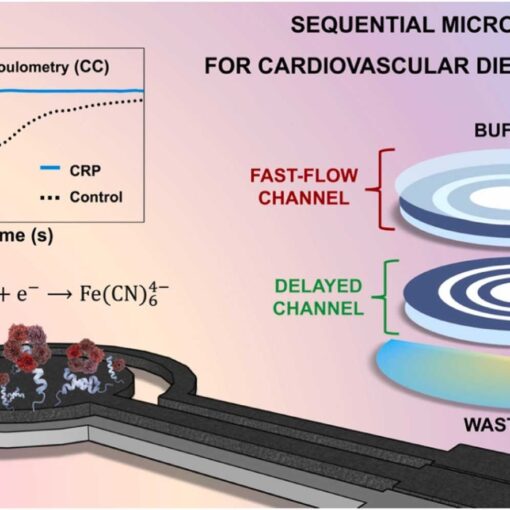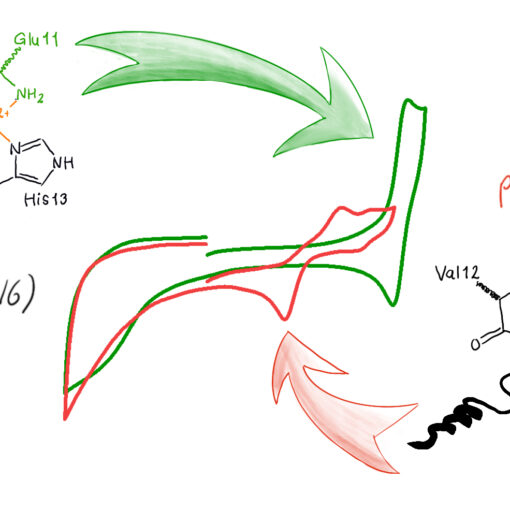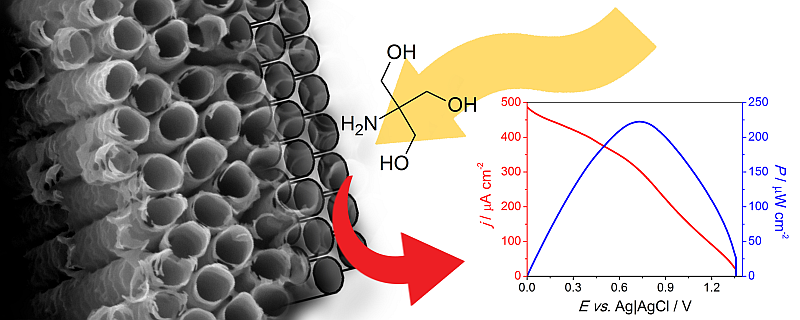In this invited paper1 we studied the difference that the shape of the microcavity has in in-line Mach-Zehnder interferometers has on their sensitivity. This work is related to previous publications in collaboration between our group and Prof. Śmietana at Warsaw University of Technology.2,3
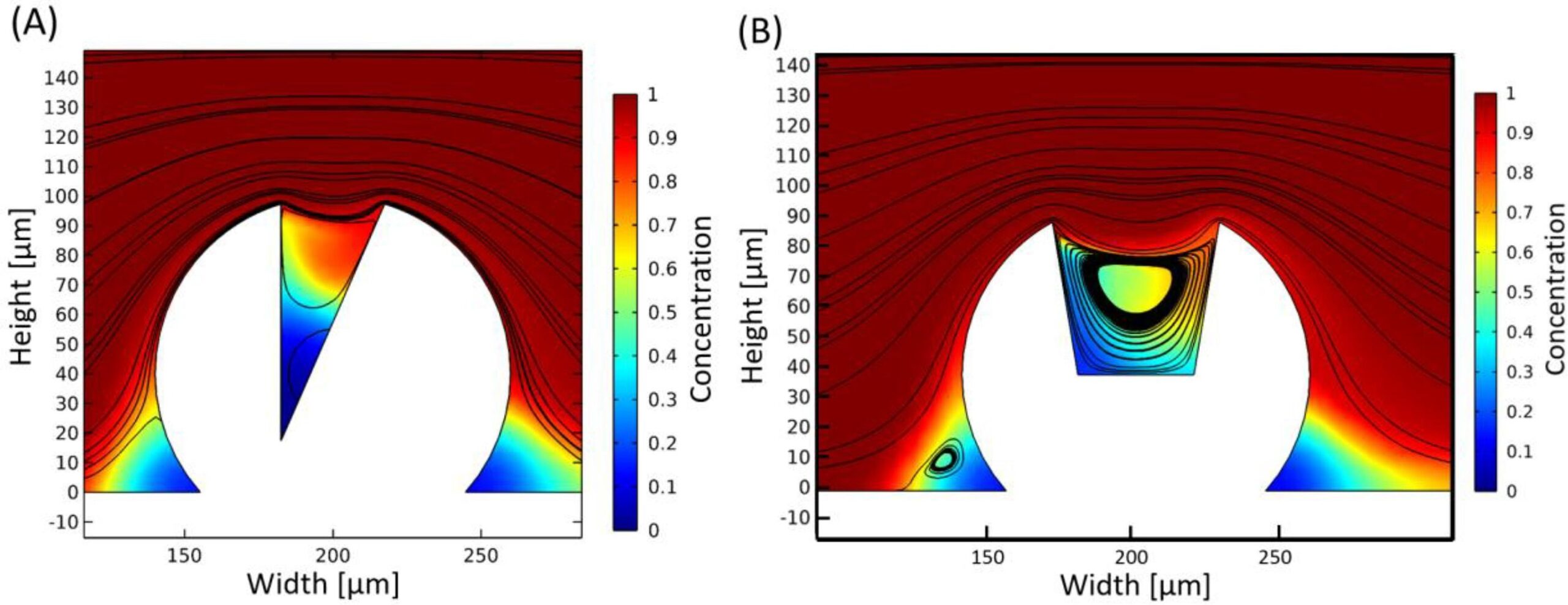
In the previous publications we used a circular cavity drilled in an optical fibre using a femtosecond laser. In this paper a wedge shaped fibre was investigated. Optical experiments and calculations show that the sensitivity between the two shapes of cavities are pretty similar. The wedge shaped cavity has a much narrower interaction zone between the light and the liquid in the cavity, but is is compensated by the wedge being possible to make much longer.
Using Comsol simulations we showed conclusively that for microfluidic applications, as demonstrated in our previous paper, the wedge is not as good as the circular cavity. The reason is that the narrow shape hinders exchange of the fluid inside and makes the response time much longer.
- T. Gabler, M. Janik, C. Liao, A. Myśliwiec, M. Koba, M. Jönsson-Niedziółka, Y. Wang, M. Śmietana
Investigation of liquids with microcavity in-line Mach-Zehnder interferometers – impact of the microcavity shape on the sensing performance, Opt. Fiber Technol. 73, 103059 (2022). (link – OA) - A. Krześniak, T. Gabler, M. Janik, M. Koba, M. Jönsson-Niedziółka, M. Śmietana
A microfluidic system for analysis of electrochemical processing using a highly sensitive optical fiber microcavity, Opt. Lasers Eng. 158 107173 (2022). (link – OA)(ChemRxiv – preprint)(blog) - T. Gabler, A. Krześniak, M. Janik, A. Myśliwiec, M. Koba, J. Buczyńska, M. Jönsson-Niedziolka*, M. Śmietana*
Electrochemistry in an optical fiber microcavity – optical monitoring of electrochemical processes in picoliter volumes, Lab Chip 21, 2763-2770 (2021). (link, ChemRxiv – OA) (blog)

